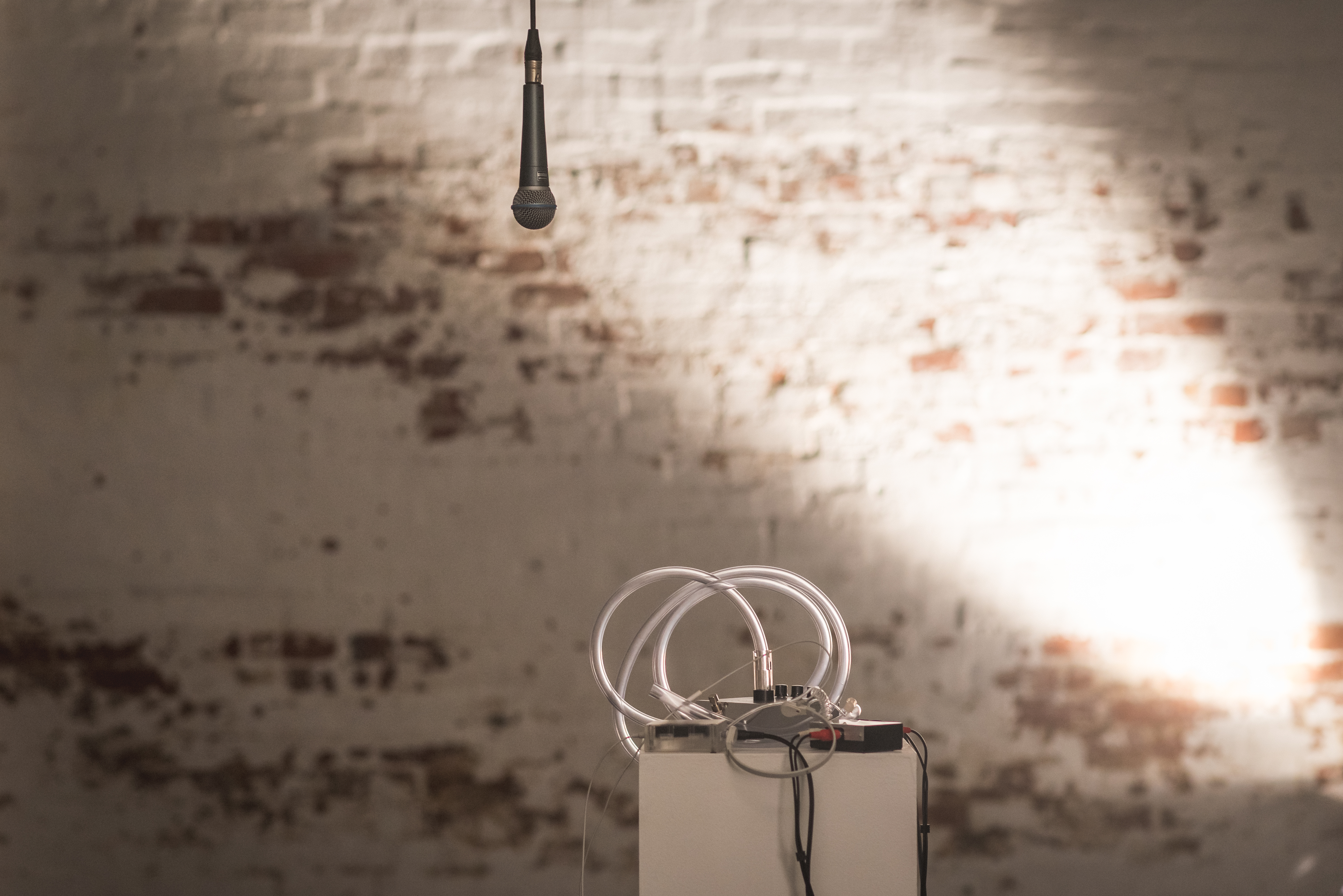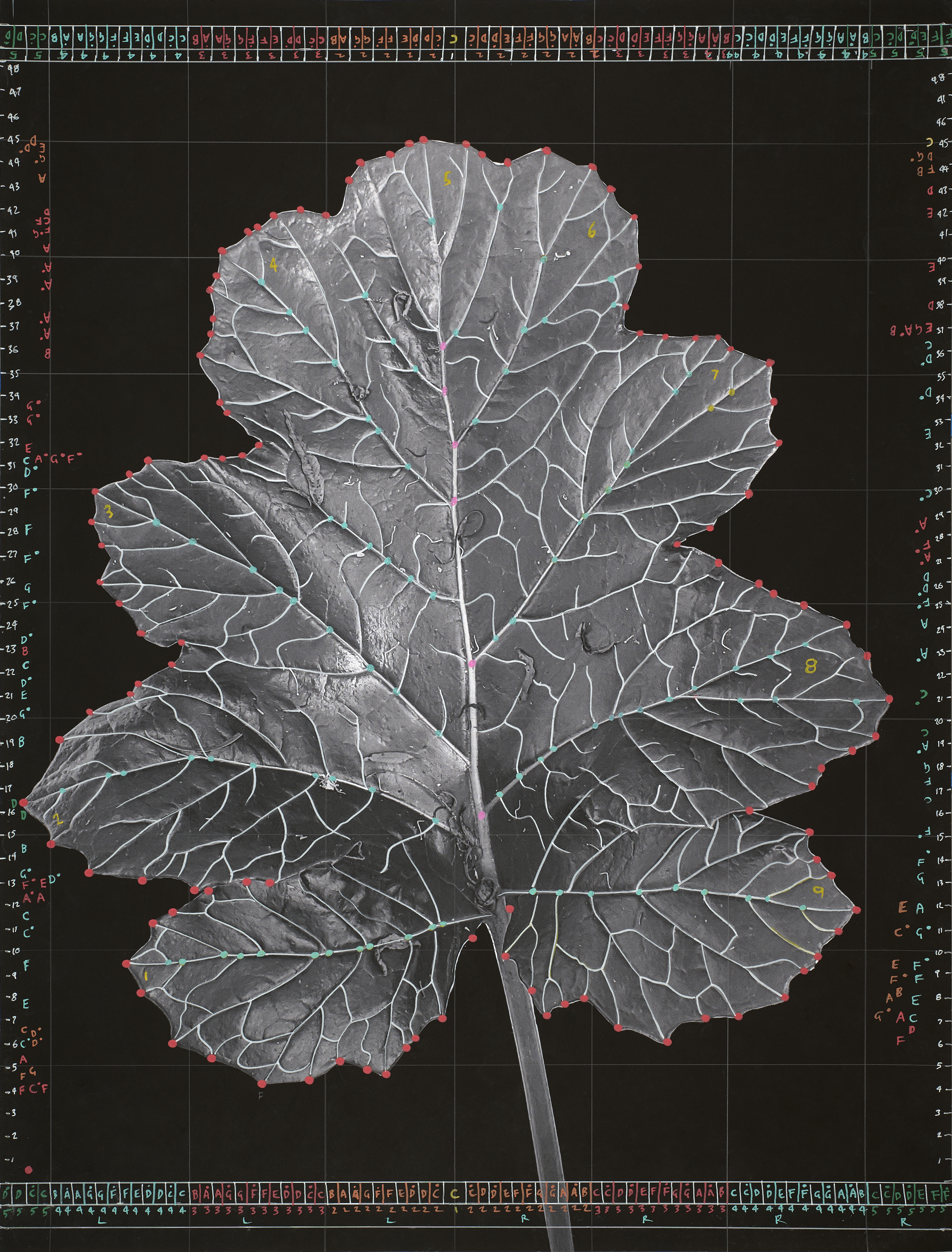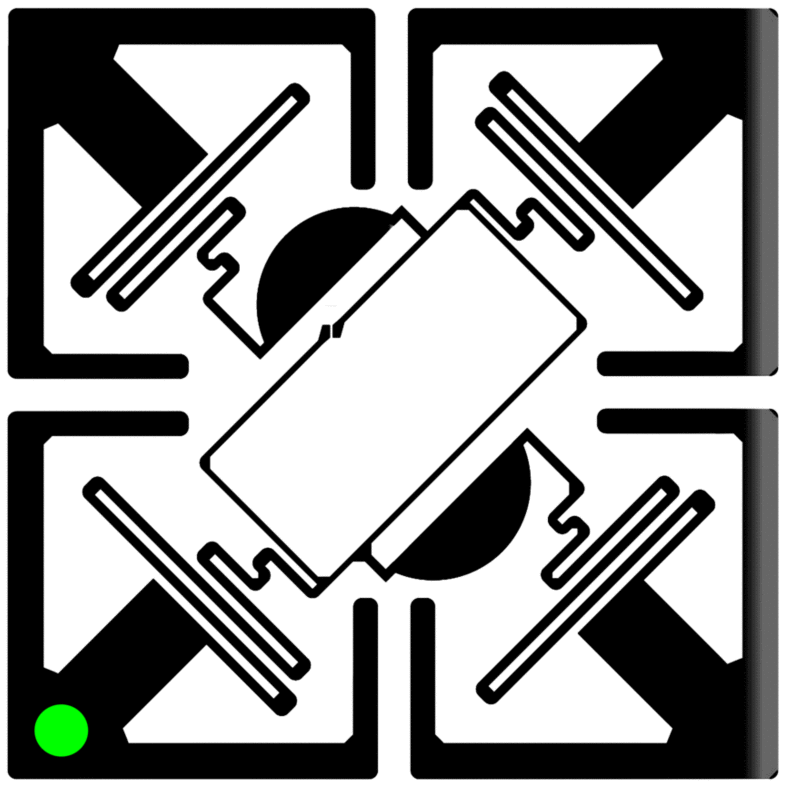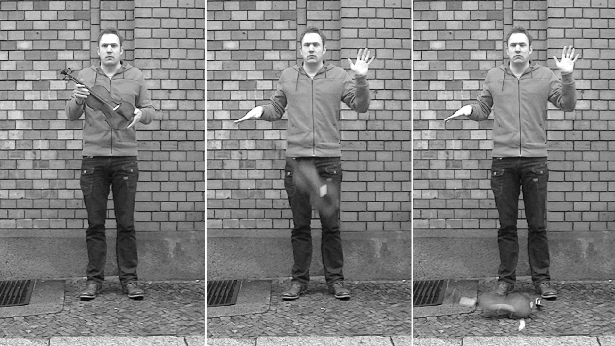July 24–October 28, 2018
Parkville 3010
Australia
Eavesdropping used to be a crime. According to Blackstone, in his Commentaries on the Laws of England (1769): "eavesdroppers, or such as listen under walls or windows, or the eaves of a house, to hearken after discourse, and thereupon to frame slanderous and mischievous tales, are a common nuisance and presentable at the court-leet." But the offence dates back to at least the 14th century. Today, eavesdropping isn’t just legal, it’s ubiquitous. What was once a minor public order offence has become one of the most important politico-legal problems of our time, as the Snowden revelations made abundantly clear. Eavesdropping: the ever-increasing access to, capture and control of our sonic worlds by state and corporate interests.
But eavesdropping isn’t just about big data, surveillance and security. We all overhear. Listening itself is excessive. We cannot help but hear too much, more than we mean to. Eavesdropping, in this sense, is the condition—or the risk—of sociality per se, so that the question is not whether to eavesdrop, but the ethics and politics of doing so. This exhibition pursues an expanded definition of eavesdropping therefore, one that includes contemporary mechanisms for listening-in but also activist practices of listening-back, that is concerned with malicious listenings but also the responsibilities of the earwitness.
The works in Eavesdropping direct our attention towards specific technologies (audio-tape, radio-telescope, networked intelligence) and political subjects (surveillance, settler colonialism, detention). Some are very intimate, others more distant or forensic. Their scale ranges from the microscopic to the cosmic, from the split-second to the interminable. What all the works have in common, however, is a concern not just for sound or listening, but what it might mean for someone or something to be listened-to.
Eavesdropping is a unique collaboration between Liquid Architecture, Melbourne Law School and the Ian Potter Museum of Art, comprising an exhibition, a public program, series of working groups and touring events which explore the politics of listening through work by leading artists, researchers, writers and activists from Australia and around the world.
Exhibiting artists: Athanasius Kircher; Fayen d’Evie and Jen Bervin with Bryan Phillips and Andy Slater; Joel Spring; Lawrence Abu Hamdan; Manus Recording Project Collective; Michael Green, André Dao, Jon Tjhia, Abdul Aziz Muhamat, Farhad Bandesh, Behrouz Boochani, Hass Hassaballa, Samad Abdul, Shamindan Kanapadhi; Samson Young; Sean Dockray; Susan Schuppli; William Blackstone
Talks and performances: Andrew Brooks; Anja Kanngieser; Brian Hochman; Ceri Hann; Sonia Leber and David Chesworth; Jake Goldenfein; Jasmine Guffond; Jennifer Stoever; Mark Andrejevic; Mehera San Roque; Morag Josephine Grant; Peter Szendy; Poppy de Souza; Public Office; Robin James; Sam Kidel; Samson Young; Sara Ramshaw; Susan Schuppli; with more to be announced
Curators: Joel Stern (Liquid Architecture) and Dr James Parker (Melbourne Law School)
Liquid Architecture is an Australian organisation for artists working with sound. LA investigates the sounds themselves, but also the ideas communicated about, and the meaning of, sound and listening.
The Ian Potter Museum of Art is the University of Melbourne’s art museum. The Potter is the largest university-based art museum in Australia and a national leader in the field.
Melbourne Law School is Australia's oldest law school, and supports interdisciplinary scholarship on questions of law, governance and justice.
This project has been supported by Australia Council for the Arts, City of Melbourne and Creative Victoria, and assisted by Australian Centre for the Moving Image, Monash University Art Design and Architecture, and System Sound.
Sam Kidel is supported by the MacGeorge Bequest.
We acknowledge Aboriginal and Torres Strait Islander people as sovereign owners of the country on which this project takes place. We pay our respects to their Elders, past, present and emerging.




